.png)
Top 70+ React js Interview Questions and Answers
Are you preparing for a React.js interview? Look no further! We've prepared a list of the top 70+ React.js interview questions and offered extensive solutions in this complete guide to help you ace your interview with confidence.. Whether you're a seasoned developer or just getting started with React.js, these questions will put your knowledge and expertise to the test.. Let's go into the details of React.js and analyse the important ideas that employers commonly ask about..
1. What is React.js and how does it differ from other JavaScript frameworks?
React.js, sometimes known as React, is an open-source JavaScript library developed by Facebook. It is primarily intended for the creation of user interfaces, with a focus on component-based development and fast rendering.. React, unlike other frameworks, uses a Virtual DOM to improve rendering efficiency by minimising real DOM modifications.
2. What is JSX and how does it blend HTML with JavaScript in React?
JSX, or JavaScript XML, is a syntactic extension that allows JavaScript writers to construct HTML-like code. It simplifies UI creation in React by enabling a familiar HTML structure. JSX is transpiled into JavaScript by tools like Babel, making it compatible with browsers.
3. Explain the concept of the Virtual DOM in React and its advantages.
The Virtual DOM is an in-memory representation of the actual DOM. React utilizes it to compare changes, minimizing direct DOM manipulations. When state or props change, React creates a Virtual DOM diff, identifying the minimal changes required, and then updates the real DOM accordingly. This approach enhances performance by reducing the number of costly DOM operations.
4. How can you pass data from a parent component to a child component in React?
Data can be passed from a parent to a child component using props. Props are read-only, ensuring a unidirectional flow of data. By defining attributes on a component instance, you can access these values within the child component.
5. Describe the significance of React hooks, specifically the useState and useEffect hooks.
React hooks revolutionized functional components by enabling state and lifecycle features. The useState hook facilitates state management, while the useEffect hook handles side effects such as data fetching and DOM manipulation. These hooks promote cleaner, reusable code and enhance the functional component paradigm.
6. How can you create a functional component in React?
A functional component is a plain JavaScript function that returns JSX. It's often used for simpler components that don't require state or lifecycle methods.
const FunctionalComponent = () => {
return <div>This is a functional component.</div>;
};
7. What is the purpose of the key prop in React lists?
The key prop is used to uniquely identify elements in a list of components. It helps React efficiently update the DOM when items are added, removed, or reordered.
8. Explain the concept of conditional rendering in React with an example.
Conditional rendering involves showing different content based on certain conditions. For instance, displaying a message if a user is logged in:
const Greeting = ({ isLoggedIn }) => {
return isLoggedIn ? <p>Welcome back!</p> : <p>Please log in.</p>;
};
9. How can you handle user input using controlled components in React?
Controlled components bind form elements to state. For example, handling an input field:
class InputExample extends React.Component {
constructor(props) {
super(props);
this.state = { inputValue: '' };
}
handleChange = event => {
this.setState({ inputValue: event.target.value });
};
render() {
return (
<input
type="text"
value={this.state.inputValue}
onChange={this.handleChange}
/>
);
}
}
10. What is the purpose of React Router?
React Router is used for routing within a React application, enabling navigation between different views or pages while keeping the UI in sync with the URL.
11. How do you update the state correctly in React?
To update state correctly and ensure that the previous state is considered, use the setState method and provide a function that takes the previous state as an argument:
this.setState(prevState => ({ count: prevState.count + 1 }));
12. What is the difference between props and state in React?
Props are read-only and passed from parent to child components, while state is mutable and managed within a component.
13. How can you pass data between sibling components that don't share a parent-child relationship?
You can use a shared parent component to lift the state up, allowing siblings to communicate via props or React's Context API.
14. Explain the concept of Redux in React and why it's used.
Redux is a state management library used to manage global state in complex React applications. It provides a predictable state container that helps manage application data flow.
15. What is the significance of the componentDidUpdate lifecycle method?
componentDidUpdate is invoked after a component's updates are flushed to the DOM. It's useful for performing actions that require the updated state or props.
16. How can you fetch data from an API in React?
You can use the fetch API or libraries like Axios to make API requests. Perform data fetching within componentDidMount or with the useEffect hook.
17. Explain the concept of React Portals.
React Portals allow you to render content outside the DOM hierarchy of a parent component. They are useful for rendering modals, tooltips, and overlays without affecting the layout of the parent component.
18. How can you optimize performance in a React application?
Performance optimization techniques include using React's PureComponent, memoization, lazy loading with React.lazy, and code splitting.
19. What is the purpose of the shouldComponentUpdate method?
shouldComponentUpdate lets you control when a component should re-render. By default, React re-renders on any state or props change, but this method allows you to customize that behavior.
20. What are React fragments and why are they used?
React fragments are a way to group multiple elements without adding an extra DOM node. They help in rendering multiple elements without introducing extra div wrappers.
21. How can you handle errors in React applications?
You can use error boundaries to catch errors during rendering and display a fallback UI. Wrap components with the ErrorBoundary component to handle errors gracefully.
22. Explain the concept of higher-order components (HOCs) with an example.
Higher-order components are functions that take a component and return an enhanced version of that component. They're often used for cross-cutting concerns like authentication.
const withAuth = WrappedComponent => {
return class extends React.Component {
render() {
return <WrappedComponent {...this.props} isAuthenticated={true} />;
}
};
};
const Profile = ({ isAuthenticated }) => {
return isAuthenticated ? <p>Welcome, user!</p> : <p>Please log in.</p>;
};
const EnhancedProfile = withAuth(Profile);
23. How can you prevent a component from rendering before data is fetched?
You can conditionally render a component based on the availability of data. For example, only render a list if the data has been fetched successfully.
24. What is the purpose of the useContext hook?
The useContext hook allows functional components to access context directly, without nesting multiple levels of context consumers.
25. How do you update the state of a parent component from a child component?
You can pass a function from the parent component to the child component as a prop. The child component can then call this function to update the parent's state.
26. How does the useState hook work in functional components?
The useState hook allows functional components to have state. It returns the current state value and a function to update it. Here's an example:
import React, { useState } from 'react';
function Counter() {
const [count, setCount] = useState(0);
return (
<div>
<p>Count: {count}</p>
<button onClick={() => setCount(count + 1)}>Increment</button>
</div>
);
}
27. What are React's controlled and uncontrolled components?
Controlled components have their state managed by React through props. Uncontrolled components manage their own state via the DOM. Controlled components are often preferred because they provide a single source of truth.
28. How can you optimize the rendering performance of React components?
You can use techniques like memoization, React's shouldComponentUpdate, or the PureComponent class to prevent unnecessary renders and updates.
29. Explain the concept of "lifting state up" with an example.
Lifting state up involves moving the state from a child component to its parent component. This is useful when multiple components need access to the same state.
30. What is the significance of React DevTools?
React DevTools is a browser extension that helps developers inspect and debug React component hierarchies, state, and props.
31. How can you implement a toggle functionality using state?
You can toggle a boolean value in state to control the visibility of a component or element. Here's an example using a button to toggle visibility:
function ToggleComponent() {
const [isVisible, setIsVisible] = useState(false);
return (
<div>
{isVisible && <p>Visible content</p>}
<button onClick={() => setIsVisible(!isVisible)}>Toggle</button>
</div>
);
}
32. Explain the purpose of the useEffect hook and provide an example.
The useEffect hook is used to perform side effects in functional components. It's often used for data fetching, setting up subscriptions, or manually interacting with the DOM.
import React, { useEffect, useState } from 'react';
function DataFetcher() {
const [data, setData] = useState([]);
useEffect(() => {
fetch('https://api.example.com/data')
.then(response => response.json())
.then(data => setData(data));
}, []);
return (
<div>
{data.map(item => (
<p key={item.id}>{item.name}</p>
))}
</div>
);
}
33. How can you handle events in React?
You can use event handlers like onClick, onChange, and onSubmit to handle various events in React components.
34. Explain the concept of prop drilling and how you can avoid it.
Prop drilling occurs when props are passed through multiple intermediate components that don't use the props themselves. You can avoid it by using React's Context API to provide values to components deep within the component tree.
35. What is the purpose of the useMemo hook?
The useMemo hook is used for memoization, which prevents unnecessary recalculations in functional components. It takes a function and an array of dependencies, and it returns the memoized result.
36. How can you dynamically apply CSS classes to a React component?
You can conditionally apply CSS classes using template literals and ternary operators:
function DynamicStyling({ isActive }) {
const className = `box ${isActive ? 'active' : 'inactive'}`;
return <div className={className}>Styled Box</div>;
}
37. What is the significance of the componentWillUnmount lifecycle method?
componentWillUnmount is called just before a component is removed from the DOM. It's often used for cleanup tasks such as canceling network requests or removing event listeners.
38. How can you pass multiple props to a component efficiently?
You can use the spread operator to pass multiple props easily:
function MultipleProps() {
const props = {
name: 'John',
age: 30,
gender: 'male'
};
return <Profile {...props} />;
}
39. Explain the concept of the useCallback hook and its use case.
The useCallback hook is used to memoize callback functions. It's particularly useful when passing callbacks to child components to prevent unnecessary re-renders.
40. How can you render a list of items using the map function?
The map function iterates over an array and returns a new array of components based on the original data:
function ItemList({ items }) {
return (
<ul>
{items.map(item => (
<li key={item.id}>{item.name}</li>
))}
</ul>
);
}
41. Explain the concept of code splitting in React and its benefits.
Code splitting involves breaking your application code into smaller chunks that can be loaded on demand. This improves initial loading times and reduces unnecessary load for parts of the application that the user might not interact with.
42. How can you implement routing in a React application using React Router?
You can use the BrowserRouter component from React Router to create routes for different views or components. Here's an example:
import { BrowserRouter as Router, Route, Link } from 'react-router-dom';
function App() {
return (
<Router>
<nav>
<ul>
<li>
<Link to="/">Home</Link>
</li>
<li>
<Link to="/about">About</Link>
</li>
<li>
<Link to="/contact">Contact</Link>
</li>
</ul>
</nav>
<Route path="/" exact component={Home} />
<Route path="/about" component={About} />
<Route path="/contact" component={Contact} />
</Router>
);
}
43. How do you handle forms in React with validation?
You can handle form inputs and validation by managing form data in state and using event handlers. Here's an example with a simple form validation for an email field:
import React, { useState } from 'react';
function FormValidation() {
const [email, setEmail] = useState('');
const [validEmail, setValidEmail] = useState(true);
const handleEmailChange = event => {
setEmail(event.target.value);
setValidEmail(/\S+@\S+\.\S+/.test(event.target.value));
};
const handleSubmit = event => {
event.preventDefault();
if (validEmail) {
// Submit form
}
};
return (
<form onSubmit={handleSubmit}>
<input
type="email"
value={email}
onChange={handleEmailChange}
className={validEmail ? '' : 'invalid'}
/>
<button type="submit">Submit</button>
</form>
);
}
45. What is the difference between componentWillReceiveProps and getDerivedStateFromProps in React?
componentWillReceiveProps is a lifecycle method that's invoked when component receives new props. getDerivedStateFromProps is a static method introduced in React 16.3 for updating state based on props. While componentWillReceiveProps is often used for side effects, getDerivedStateFromProps is used for synchronizing state with props.
46. How can you handle form submission and AJAX requests in React?
You can handle form submission by attaching an event handler to the form's onSubmit event. For AJAX requests, use the fetch API or a third-party library like Axios to send data to a server.
47. Explain the purpose of the create-react-app tool and its benefits.
create-react-app is a command-line tool that sets up a new React project with a pre-configured development environment. It abstracts away complex configuration settings, making it easier to start building React applications quickly.
48. What is the significance of React's strict mode?
strict mode is a development feature in React that helps detect potential issues in the application during development. It highlights problems like deprecated features and warns about potential unsafe operations.
49. How can you handle routing in a server-side rendering (SSR) React application?
In SSR, routing can be handled using libraries like React Router. The server should match the requested route and render the appropriate component before sending the complete HTML to the client.
50. Explain the difference between shallow rendering and full rendering in testing React components.
Shallow rendering tests a component in isolation, without rendering its child components. Full rendering, on the other hand, renders the entire component tree, including all child components, and allows for more comprehensive testing.
51. What are React hooks rules and limitations?
React hooks come with some rules and limitations, such as using hooks only in functional components, calling hooks at the top level of the component, and using them conditionally within loops or conditions.
52. How can you share code between React components?
You can share code between components using techniques like higher-order components (HOCs), render props, or custom hooks. These patterns promote code reuse and separation of concerns.
53. Explain the concept of lazy loading in React and how it improves performance.
Lazy loading involves loading components or resources only when they are needed, rather than upfront. React's React.lazy function and dynamic import() allow you to load components on demand, reducing the initial load time of the application.
54. How do you handle side effects in functional components using the useEffect hook?
The useEffect hook is used to handle side effects in functional components. It's a replacement for lifecycle methods like componentDidMount, componentDidUpdate, and componentWillUnmount. You can use it to perform data fetching, DOM manipulation, and more.
55. What is the purpose of the Fragment component in React?
The Fragment component allows you to group multiple elements without adding an extra DOM node. It's useful when you want to return multiple elements from a component without introducing an unnecessary container element.
56. How can you implement prop validation in React?
You can use the propTypes property to define the expected types and requirements for the props passed to a component. This helps catch bugs and provides better documentation for component usage.
import PropTypes from 'prop-types';
function MyComponent({ name, age }) {
// ...
}
MyComponent.propTypes = {
name: PropTypes.string.isRequired,
age: PropTypes.number.isRequired,
};
57. What is the purpose of the useReducer hook in React?
The useReducer hook is an alternative to useState that's used for more complex state logic. It takes a reducer function and an initial state and returns the current state and a dispatch function to update it.
58. Explain the concept of context in React.
Context provides a way to pass data through the component tree without having to pass props down manually at every level. It's often used for global data like user authentication or themes.
59. How do you handle focus management in React applications?
You can manage focus using the ref attribute to create a reference to a DOM element, then use methods like focus() and blur() to manage the focus state programmatically.
60. What are React hooks dependencies and why are they important?
In React hooks like useEffect and useMemo, the dependencies array specifies the values that the hook depends on. It helps control when the hook should be re-run, optimizing performance and preventing unnecessary updates.
61. How do you handle CSS styling in React applications?
You can apply CSS to React components using inline styles, importing external CSS files, or using CSS-in-JS libraries like styled-components or emotion.
62. Explain the concept of server-side rendering (SSR) and its benefits in React applications.
Server-side rendering involves rendering React components on the server before sending them to the client. It improves SEO, initial loading times, and provides a better experience for users with slow connections.
63. How can you use the useContext hook in React?
The useContext hook allows functional components to consume context provided by a ContextProvider component higher up in the tree, making it easier to share data without prop drilling.
64. How can you handle deep object comparison in React's shouldComponentUpdate or useMemo?
You can use third-party libraries like lodash to perform deep object comparison in cases where shallow comparison isn't sufficient.
65. Explain the concept of event delegation and its benefits in React applications.
Event delegation involves attaching a single event listener to a parent element instead of attaching listeners to individual child elements. This improves performance by reducing the number of event handlers, especially in lists of items.
66. How can you update state that depends on the previous state in React?
To ensure you're working with the latest state, use the functional form of the setState method:
this.setState(prevState => ({
counter: prevState.counter + 1
}));
67. What is the purpose of the React.Fragment component in JSX?
React.Fragment is an alternative to using an empty div (<div></div>) as a wrapper when you don't want to introduce additional DOM nodes in your render tree.
68. How can you use the useEffect hook to perform cleanup in React?
The useEffect hook accepts a function as its return value. This function is called when the component is unmounted, allowing you to perform cleanup operations like canceling subscriptions.
69. What is the significance of the componentDidCatch lifecycle method in React?
componentDidCatch is used to catch errors that occur during rendering in a component's children. It's used for creating error boundaries to prevent the entire UI from crashing due to a single component error.
70. How can you access the previous props and state in React's getSnapshotBeforeUpdate method?
The getSnapshotBeforeUpdate method receives the previous props and state as its arguments, allowing
Conclusion:
In this comprehensive guide, we've covered a wide range of React.js interview questions and provided detailed answers to help you prepare for your next interview. Whether you're a beginner or an experienced developer, these questions touch on various aspects of React.js, from fundamental concepts to advanced topics.
Remember that while preparing for interviews, it's not just about memorizing answers but truly understanding the underlying concepts. Use these questions as a starting point to build a solid foundation in React.js. Practice coding, explore real-world scenarios, and experiment with different approaches to gain a deeper understanding.
As the React.js ecosystem continues to evolve, staying up-to-date with the latest trends and best practices is crucial. Whether you're aiming to showcase your proficiency or enhance your skills, the knowledge gained from these questions will undoubtedly empower you to excel in React.js interviews and contribute effectively to React.js projects.
Thank you for joining us on this journey to mastering React.js interview questions. We wish you the best of luck in.



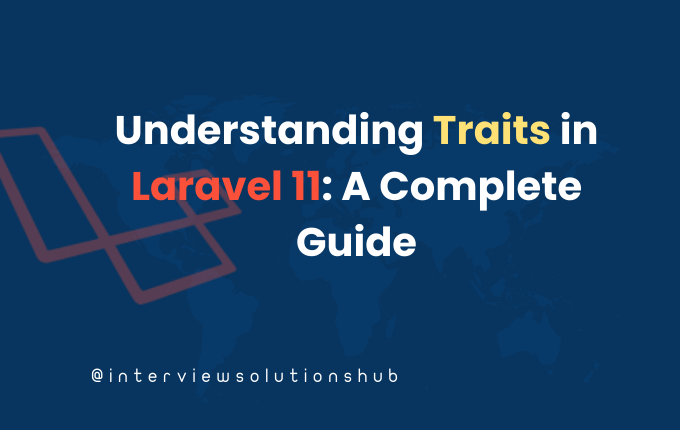
.png)
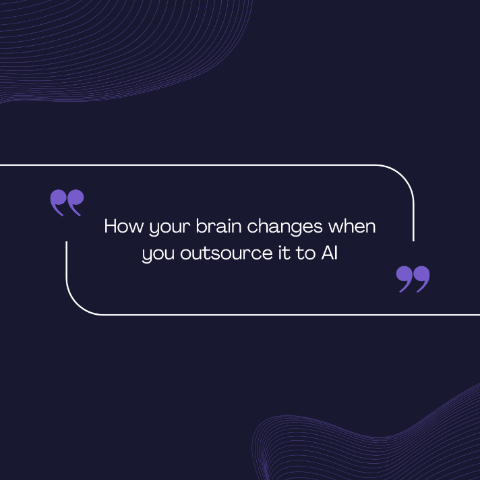
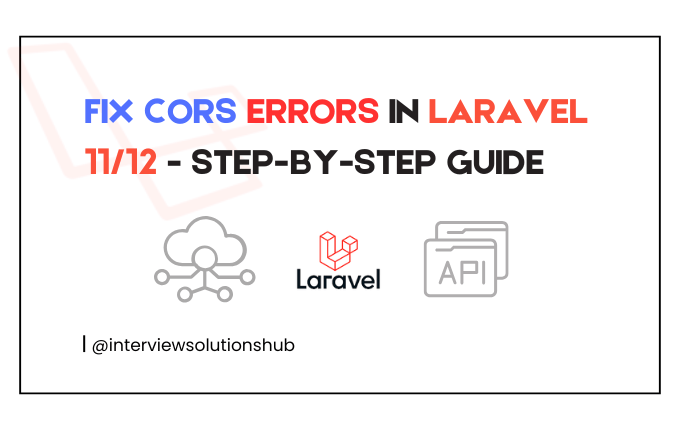
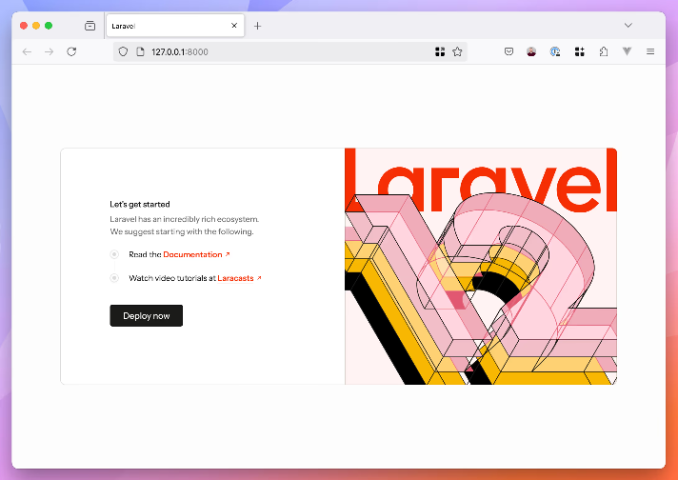
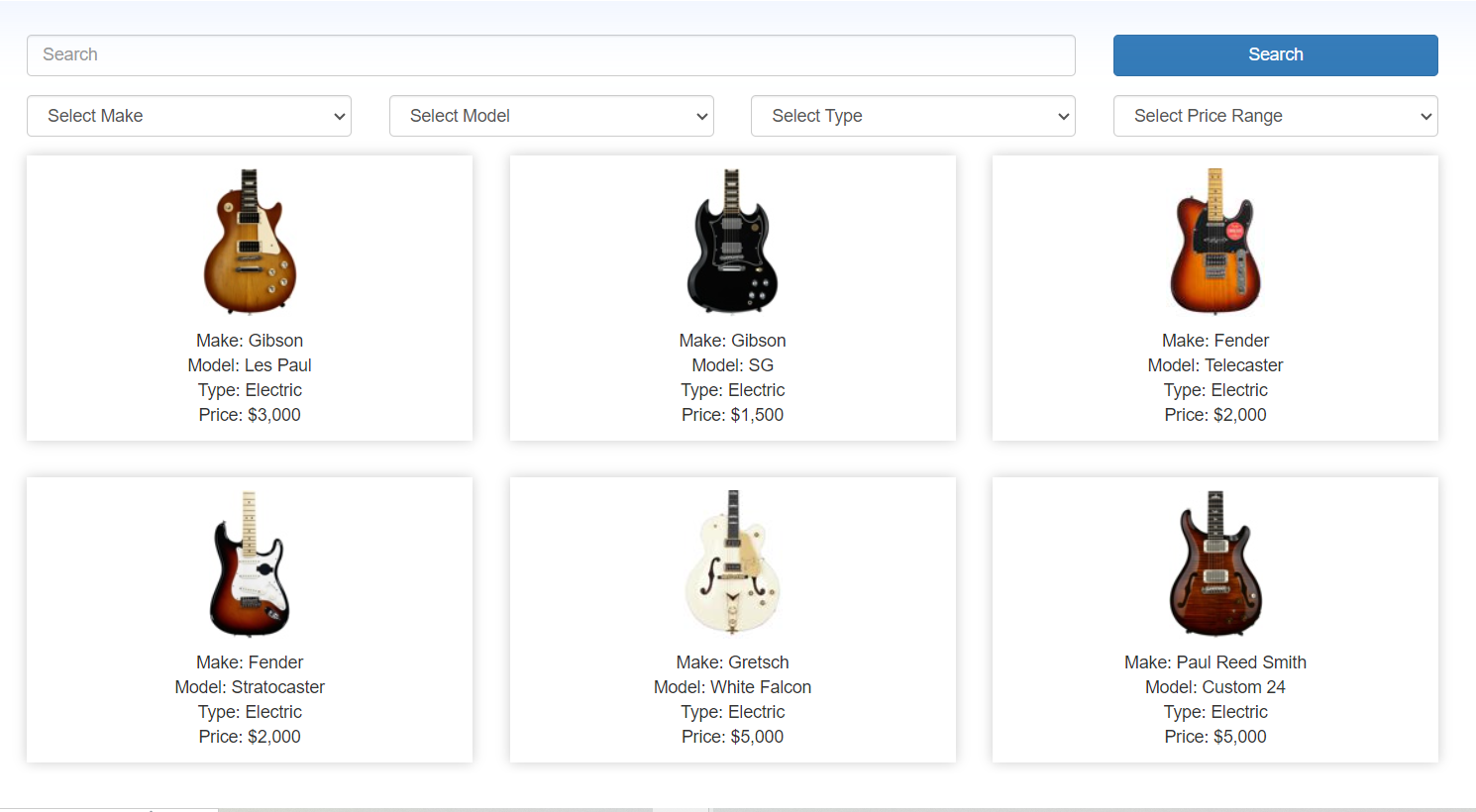
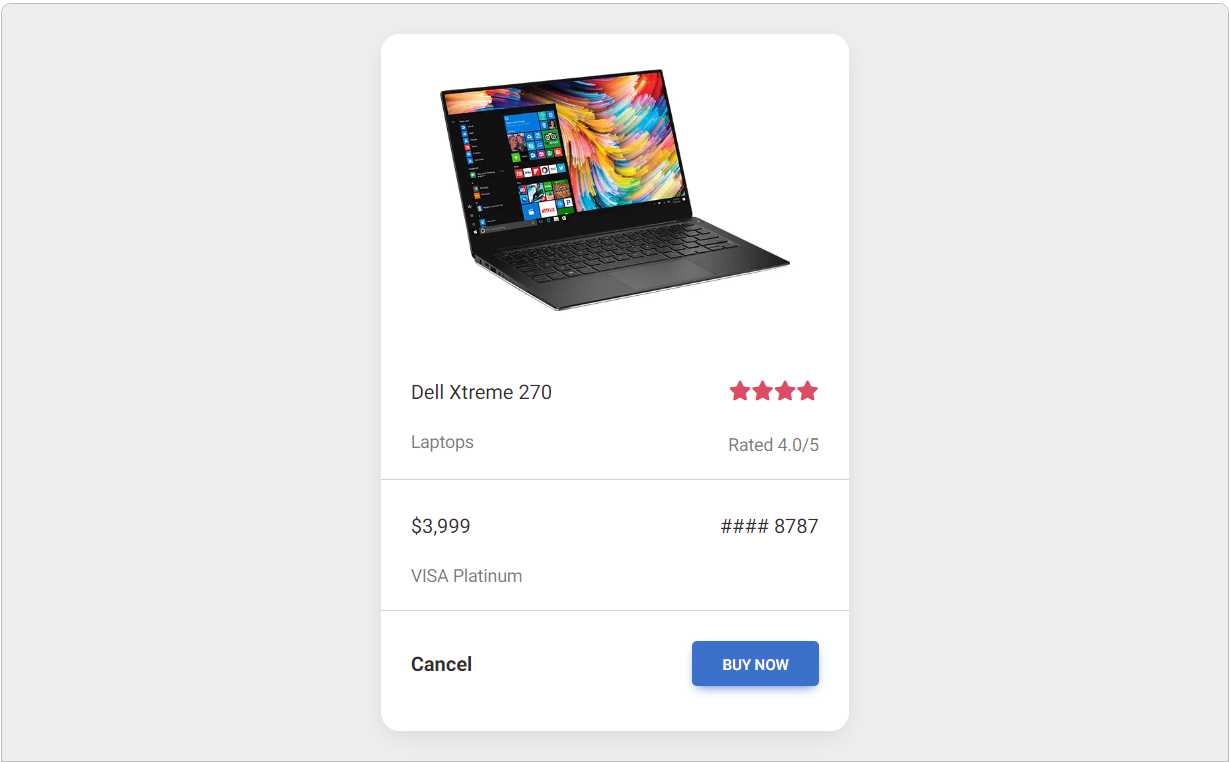
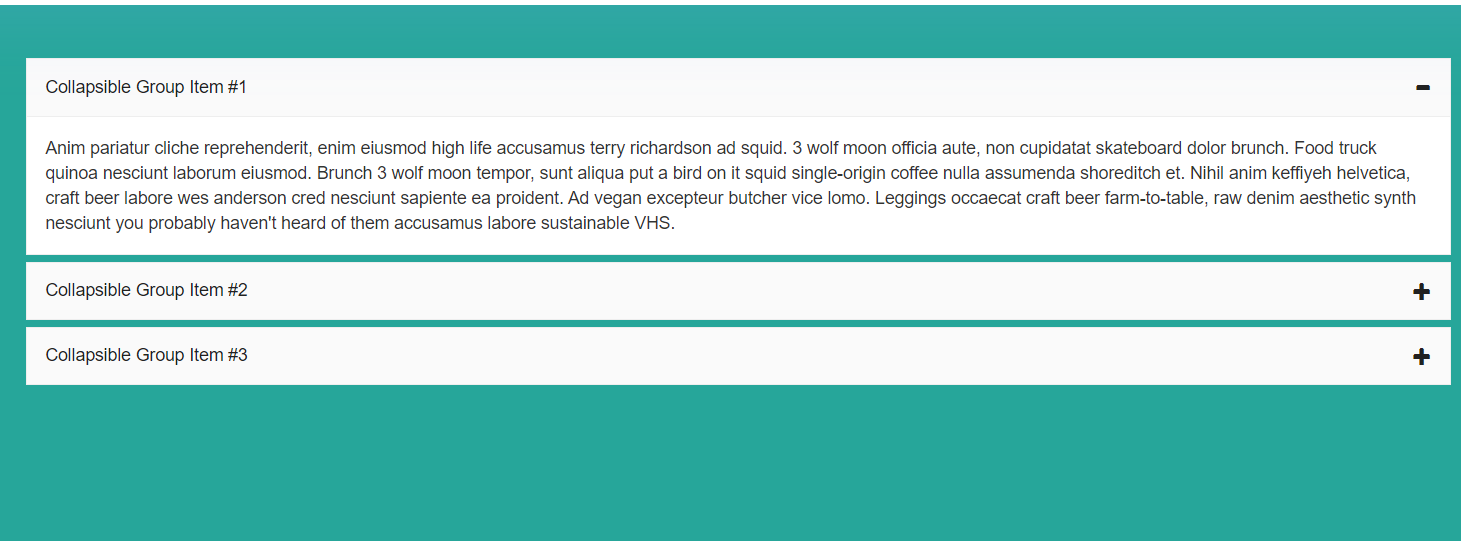
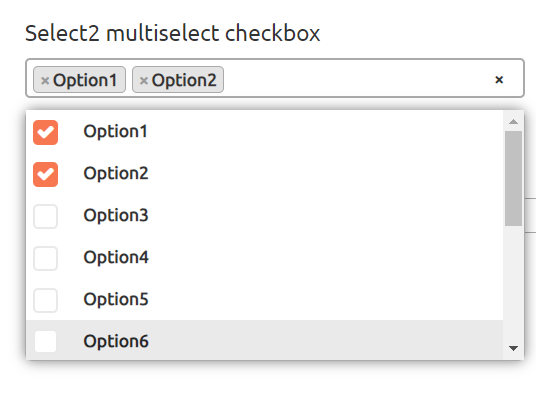
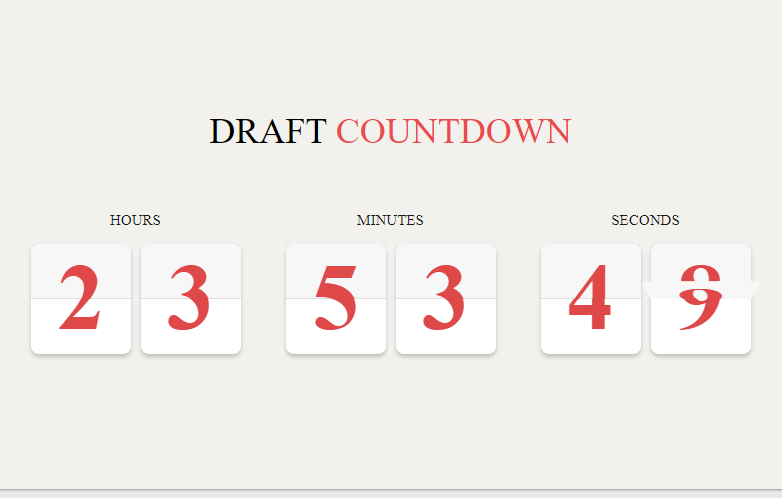
http://Boyarka-Inform.com/
Howdy, I believe your web site could possibly be having web browser compatibility issues.
Whenever I look at your blig in Safari, it looks fine however, iif openbing in I.E., it has some
overlapping issues. I merely wznted to give you a quuck heads up!
Other than that, excellent site! http://Boyarka-Inform.com/